
hotline£º
17715390137
Tel/Wechat£º
18101240246 (Technology)
0512-68565571
Email£ºmxenes@163.com £¨Sales Engineer£©bkxc.bonnie@gmail.com
Scan the code to follow or search the official account on WeChat:
2D Materials Fronrier After paying attention,
click on the lower right corner to contact us,
Enter enterprise WeChat.
Professional Services Online

¡¾Research Background¡¿
In recent years, two-dimensional transition metal carbides and carbonitrides (MXenes) have attracted widespread attention, especially in the field of energy conversion and storage, including rechargeable batteries and supercapacitors, mainly due to their ultra-high conductivity and Excellent storage capacity for different cations (such as Li + and Na + ). In general, the synthesis of MXene is mainly achieved by selective etching of the weakly bonded metal atomic layer (A atomic layer, most of which are elements of the third and fourth main groups) in the corresponding MAX phase . As of now, most MXenes are obtained by etching the Al-containing MAX phase. The etching process usually requires highly toxic acidic solutions, such as the commonly used hydrofluoric acid, which may cause serious safety and environmental problems.
The ternary nano-layered carbide Mo 2 Ga 2 C first reported in 2015 has a hexagonal structure and has the same chemical and physical properties as other MAX phases . In the crystal structure of Mo 2 Ga 2 C, Mo and C atoms are located at 4f and 2a sites. The CMo 6 co-sided octahedron is separated by two layers of Ga atoms and is weakly bonded to Ga atoms in a cubic arrangement . Inspired by MAX phase etching, 2D Mo 2 C MXene can be prepared by selectively etching Ga atoms in Mo 2 Ga 2 C. Previously reported Mo 2 C synthesis method, the Mo 2 Ga 2 C film was dissolved in hydrofluoric acid, thereby to obtain F-containing functional group of Mo 2 C MXene; Another preparation method using a mixed solution of HCl and LiF Mo 2 Ga 2 C is selectively etched. Despite the fact that the fluorine content is greatly reduced, it is unavoidable that fluorine is introduced into the finally obtained Mo 2 CMXene.The density functional theory predicts that functionalized fluorine on the surface will hinder the transport of lithium ions and weaken its lithium storage capacity. In addition, Mo 2 Ga 2 C has been reported to be a promising ultraviolet light absorbing material. How to use this feature is the key to exploring new etching methods.
¡¾Achievement Introduction¡¿
Recently, Professor Sun Ziqi of Queensland University of Technology in Australia and Professor Hu Chunfeng of Southwest Jiaotong University published the title in the internationally renowned academic journal Sustainable Materials and Technologies : Two-dimensional fluorine-free mesoporous Mo 2 C MXene via UV-induced selective etching of Mo 2 Research paper for Ga 2 C for energy storage . The researchers proposed a novel and gentler MXene etching method, which uses ultraviolet (UV) radiation to etch ultraviolet sensitive precursors to prepare MXene. In this way, Mo 2 CMXene can be successfully obtained by etching the UV-sensitive Mo 2 Ga 2 C MAX phase by UV radiation . This method avoids the use of highly corrosive HF and the introduction of fluorine functional groups in MXene products, and can also achieve high-quality MXene mass production. More interestingly, the obtained MXene also has a mesoporous structure, which is urgently needed for electrochemical applications. In addition, using this new method can successfully synthesize MXene materials within a few hours, greatly reducing the time required for the HF acid etching method.
¡¾Graphic introduction¡¿
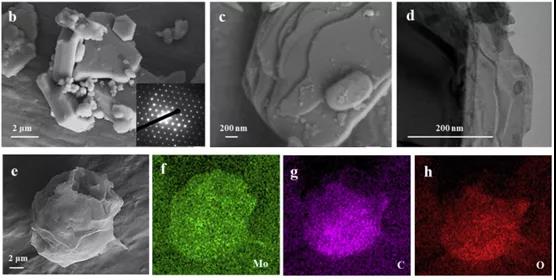
Figure 1. Morphology characterization ofMo 2 CMXene.
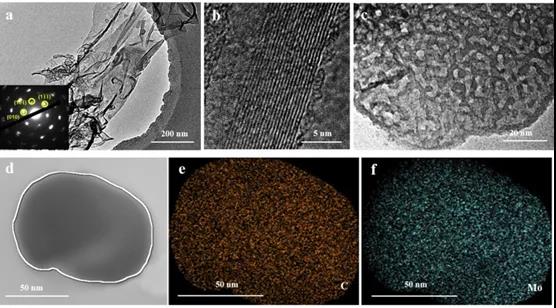
Figure 2. TEM image, HR-TEM image and bright field TEM image of Mo 2 C MXene after ultrasound-assisted delamination and corresponding element mapping distribution.
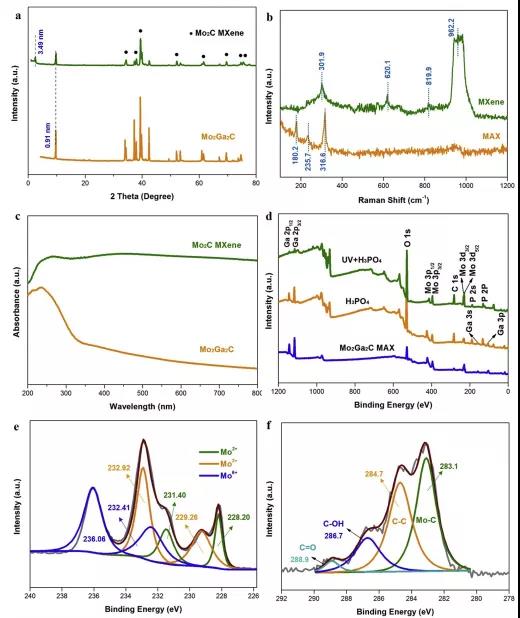
Figure 3. Physical structure characterization of Mo 2 Ga 2 C and Mo 2 C MXene.
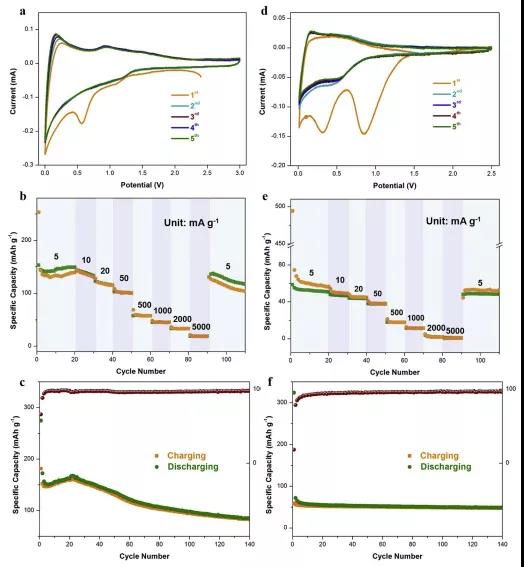
Figure 4. Mo 2 C MXene applied to the electrochemical performance test of lithium and sodium batteries.
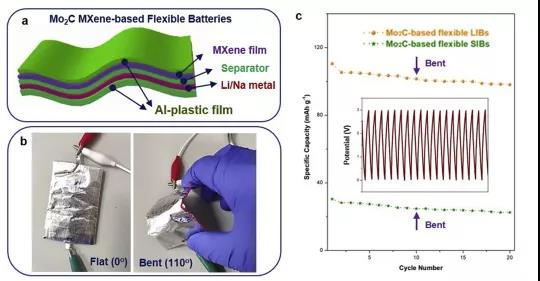
Figure 5. Mo 2 C MXene-based flexible lithium battery, sodium battery electrochemical performance test.
¡¾Summary of this article¡¿
In general, our new UV-assisted selective etching method can etch the Ga atoms in the Mo 2 Ga 2 C precursor to obtain fluorine-free Mo 2 C MXene, and avoid high toxicity Use of corrosive acids. The obtained MXene exhibits a unique 2D graphene-like structure and high purity. When used as a negative electrode material for rechargeable batteries, it exhibits excellent rate performance and cycle stability. The lithium storage capacity can be stabilized at about 150 mAh g -1 , while the sodium storage can be stabilized at about 50 mAh g -1 . . In addition, the flexible Mo 2 CMXene-based battery has an outstanding capacity retention rate (89% and 74%). Therefore, this MXene shows great potential in ion storage applications, and this green synthesis method can expand other MXene¡®s synthesis ideas, which is of great reference significance.
Literature link:
https://doi.org/10.1016/j.susmat.2020.e00156
Source:
This information originates from the Internet for academic exchange only. If infringement please contact us to delete immediately

| Reminder: Beijing Beike New Material Technology Co., Ltd. supplies products only for scientific research, not for humans |
| All rights reserved © 2019 beijing beike new material Technology Co., Ltd ¾©ICP±¸16054715-2ºÅ |